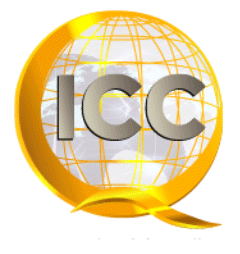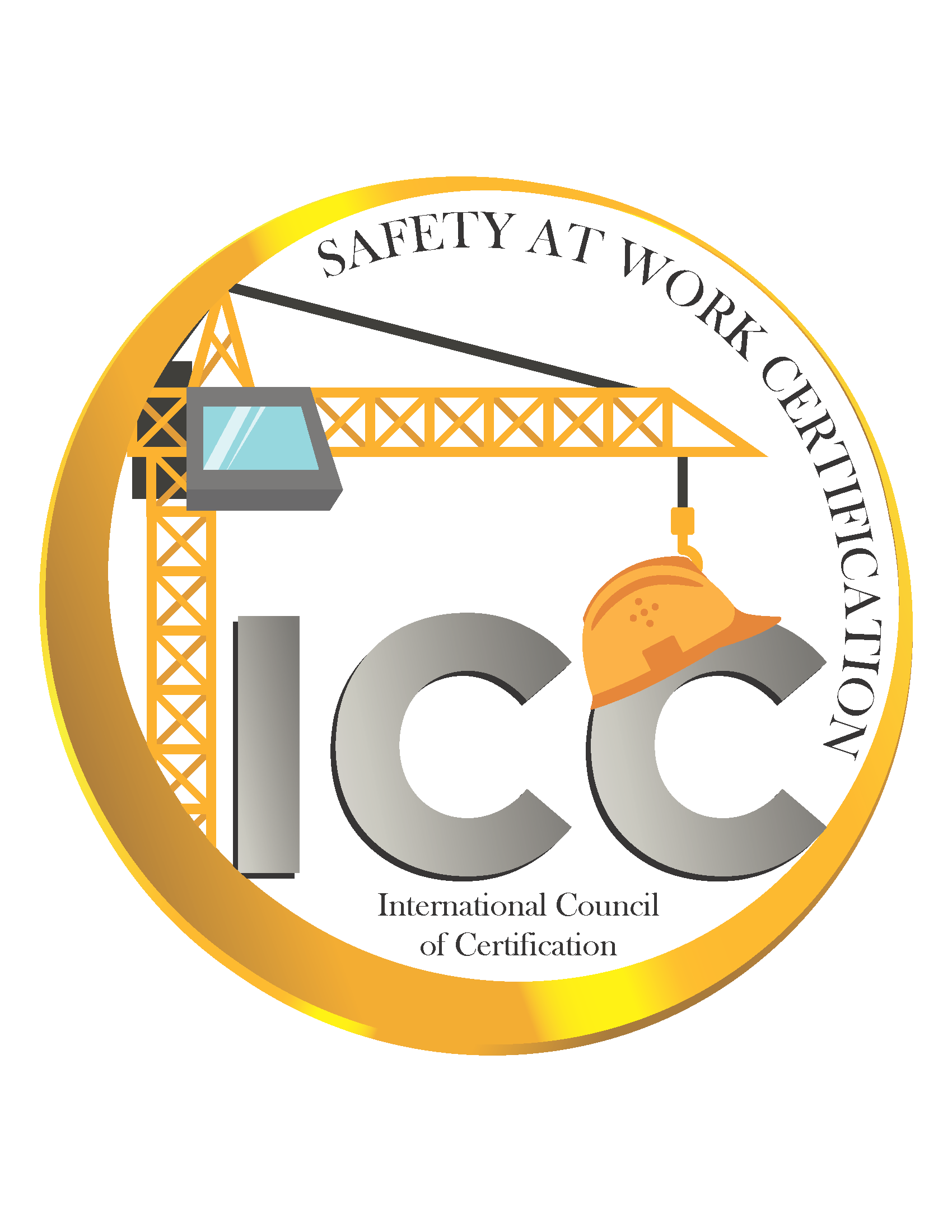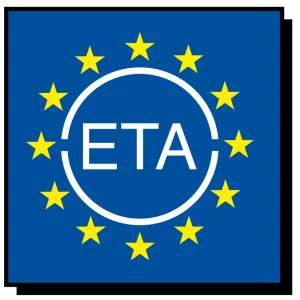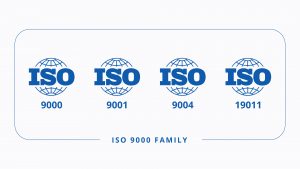ICC provides the ultimate standards for Risk Management at Workplace.
Every year around the world, nearly 2.8 million lives are lost due to work-related incidents and diseases. Creating safer workplaces is of absolute paramount, as is realizing the importance of independently certified health and safety management (OH&SAS) systems.

ICC provides the ultimate standards for Risk Management at Workplace.
Every year around the world, nearly 2.8 million lives are lost due to work-related incidents and diseases. Creating safer workplaces is of absolute paramount, as is realizing the importance of independently certified health and safety management (OH&SAS) systems.
In January 2018, ISO 45001 was approved following an overwhelming final vote of 93% by the ISO member National Standard Bodies (NSBs). OHSAS 18001 will be withdrawn upon publication of ISO 45001:2018, which is expected in March 2018 and there will be a three-year migration period from the date of publication.
A lot of attention is paid to safety at work in Europe. Employers are responsible for everyone’s safety while they work. An employer must organise induction to the workplace for a new employee. An employer is also obliged to familiarise employees with the safety instructions of a workplace and to teach them correct work methods.
Employees must also look after safety at work themselves. The work must be performed according to instructions. If the work is clearly dangerous, an employee can refuse to do it.
Workplaces must have a sufficient number of persons with first aid skills and first aid equipment and instructions must be provided on how to act in emergency situations. Employers organise first aid training for their staff at work.
If a workplace has at least ten employees, the employees elect a safety officer to represent them. The safety officer familiarises themselves with the work safety issues that are relevant for the workplace, participates in workplace safety inspections and informs employees of matters relating to work safety and health.
For each workplace, the employer nominates a workplace safety manager who assists the employer in cooperation with the employees and health and safety authorities.
Risk assessment
Every employer has a duty to continuously and systematically monitor their employees’ work environment, look out for hazards and any harmful effects of the work, and evaluate the risks posed to employees’ health and safety. Risk assessment and analysis allow employers to identify any weaknesses in their employees’ working conditions that need to be remedied.




